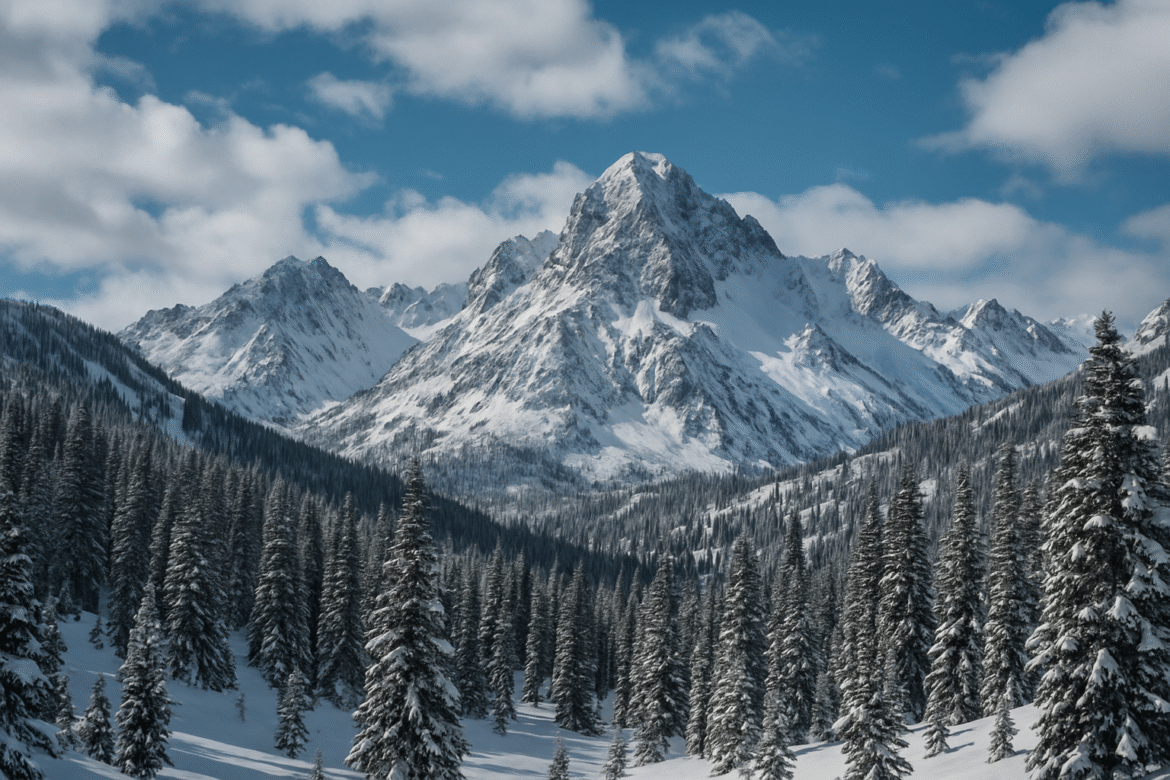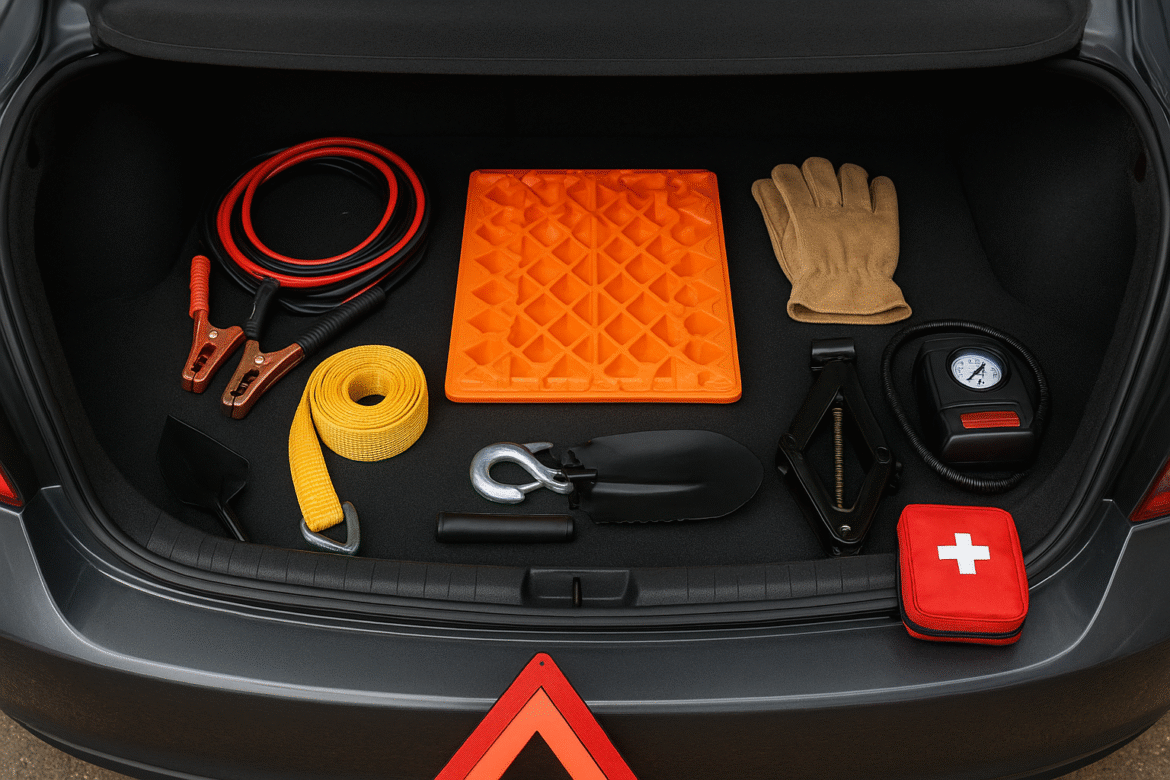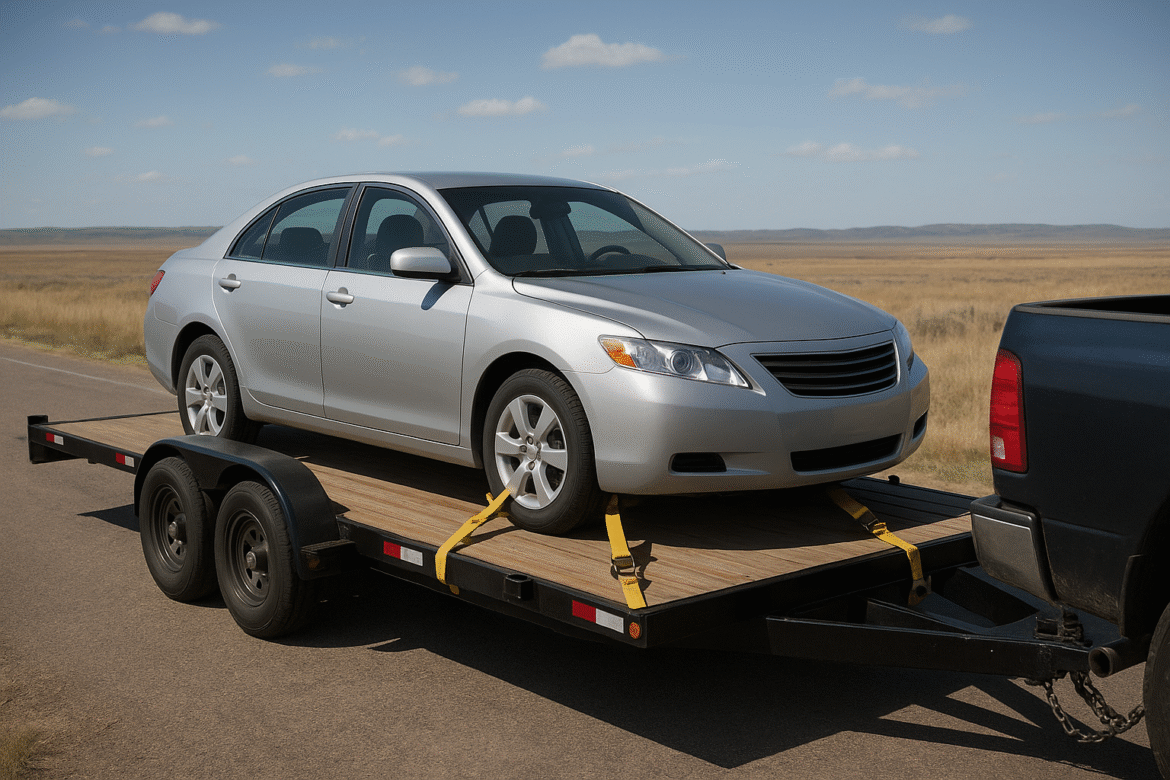What to Do If You Get Stuck in the Wyoming Mountains: A Survival and Safety Guide
The Wyoming mountains are breathtaking, offering rugged beauty, incredible wildlife, and some of the best outdoor adventures in the U.S. But the same remote wilderness that attracts adventurers can also pose serious challenges if your vehicle gets stuck or if you become stranded while hiking, camping, or off-roading. If you have service, give us a call!
Knowing what to do if you get stuck in the Wyoming mountains could make the difference between a minor setback and a life-threatening emergency. This guide covers essential steps, survival tips, and gear to help you stay safe until you’re back on track.
1. Stay Calm and Assess Your Situation
The first rule of survival is don’t panic. Take a moment to evaluate:
- Are you stuck in snow, mud, or rocky terrain?
- Do you have cell service to call for help?
- Is your vehicle in a safe position, or does it risk sliding?
Remaining calm helps you make rational decisions and conserve energy.
2. Prioritize Safety
The Wyoming mountains are remote, with unpredictable weather, wildlife, and limited rescue services. Protect yourself by:
- Turning on hazard lights if on a road.
- Staying inside your vehicle when conditions are dangerous.
- Watching for signs of hypothermia in cold weather.
3. Signal for Help
If you have cell service, call 911 and share your exact location (GPS coordinates help). If no service is available:
- Use a whistle or emergency beacon if you’re hiking.
- Lay out bright-colored clothing or tarps to make yourself visible from the air.
- Light a signal fire only if safe and controlled.
4. Try to Get Unstuck Safely
If your vehicle is stuck, attempt recovery only if conditions are safe. Essential gear for Wyoming backcountry travel includes:
- Traction boards or sand to create grip.
- Shovel to dig around your tires.
- Tow strap or recovery rope if another vehicle can help.
- Air compressor to adjust tire pressure for better traction.
Avoid spinning your tires—it will only dig you in deeper.
5. Stay Warm and Hydrated
Weather in the Wyoming mountains can change quickly, especially in winter. Survival depends on keeping your body temperature stable.
- Layer up with extra clothing or blankets.
- Use a space blanket to retain heat.
- Keep water bottles insulated and avoid dehydration.
Tip: Never eat snow directly—it lowers your core temperature. Melt it first if needed.
6. Wildlife Awareness
Being stranded in Wyoming means sharing space with bears, moose, mountain lions, and other wildlife.
- Keep food sealed and stored away from your resting spot.
- Make noise if you must walk for help to avoid surprising animals.
- Carry bear spray if hiking in remote areas.
7. Know When to Stay vs. When to Go
- Stay put if you’ve called for help, have shelter, and rescuers know your location.
- Go for help only if you’re confident in the route, the weather is stable, and you’re physically prepared.
8. Essential Gear for the Wyoming Backcountry
Never head into the mountains without a well-stocked emergency kit. Must-haves include:
- First aid kit
- Flashlight or headlamp
- Fire starter and waterproof matches
- Map, compass, or GPS
- Multi-tool
- Extra food and water
- Survival blanket or sleeping bag
In Conclusion
If you ever find yourself stuck in the Wyoming mountains, your best tools are preparation, patience, and a calm mindset. Always carry recovery gear, let someone know your travel plans, and respect the wilderness. With the right knowledge and equipment, you’ll increase your chances of a safe and successful outcome—even when the unexpected happens.



